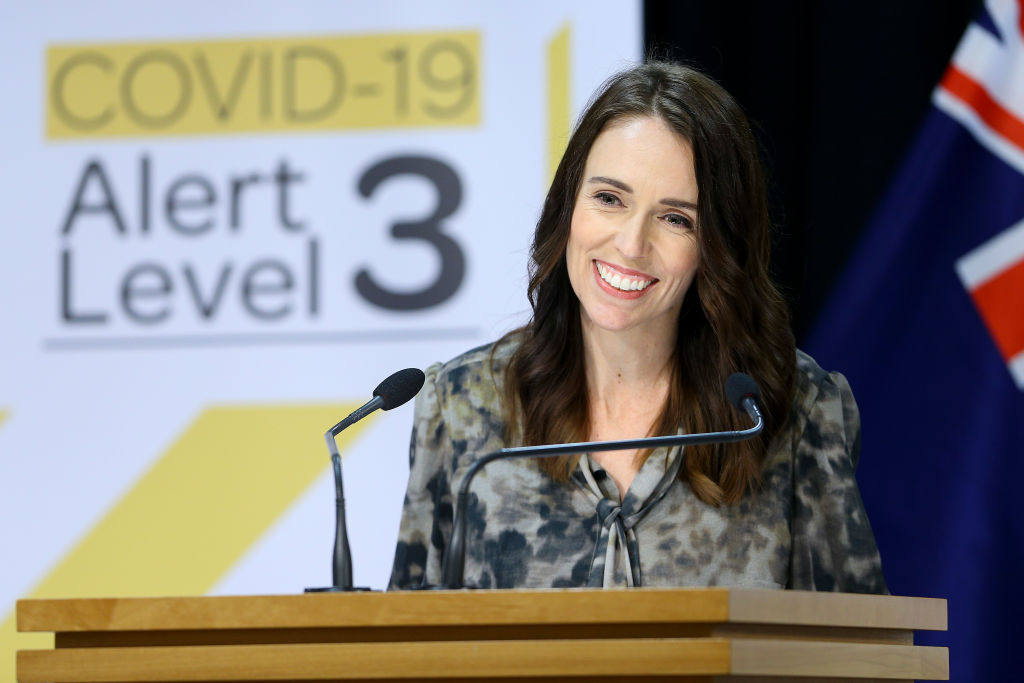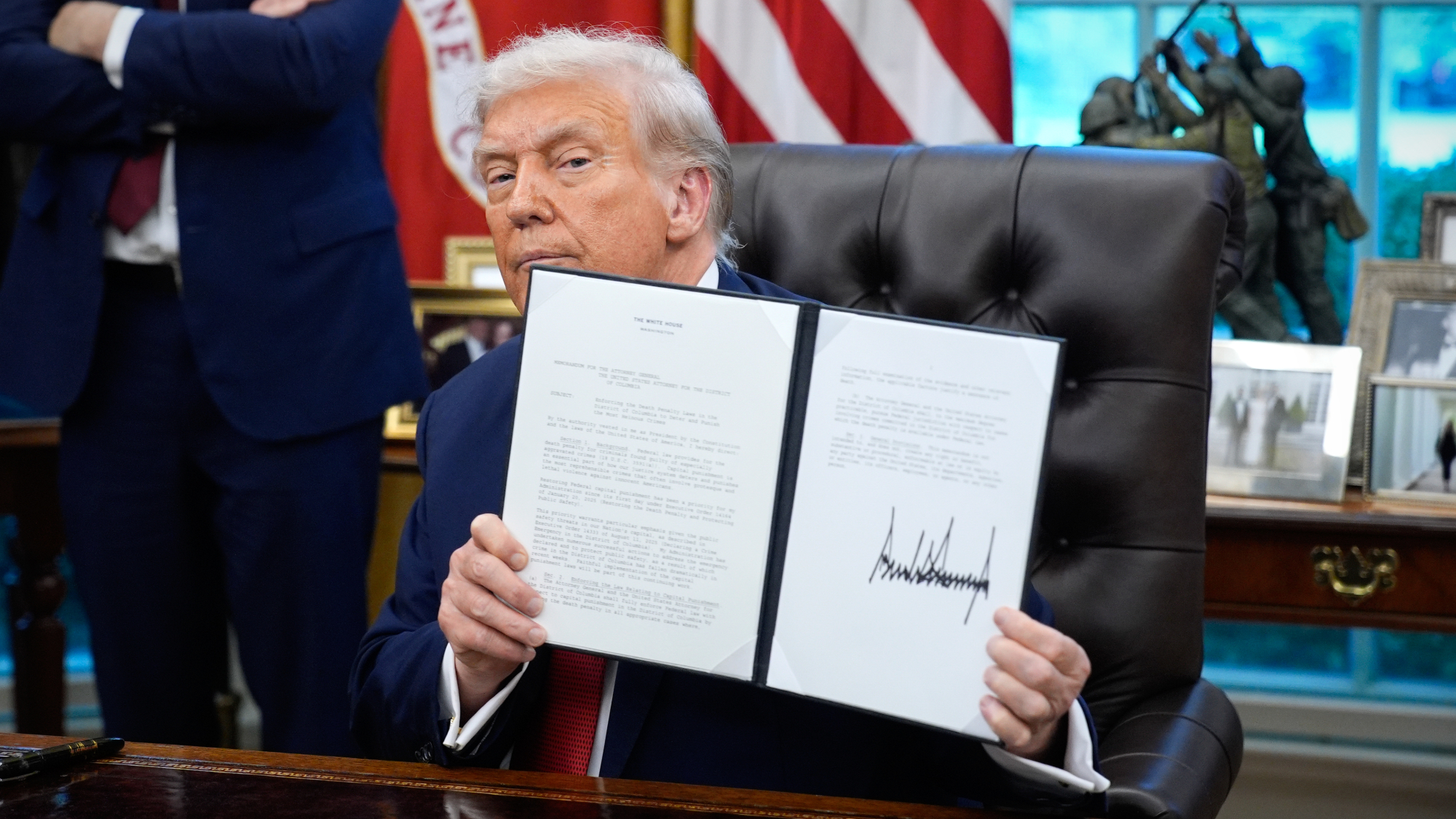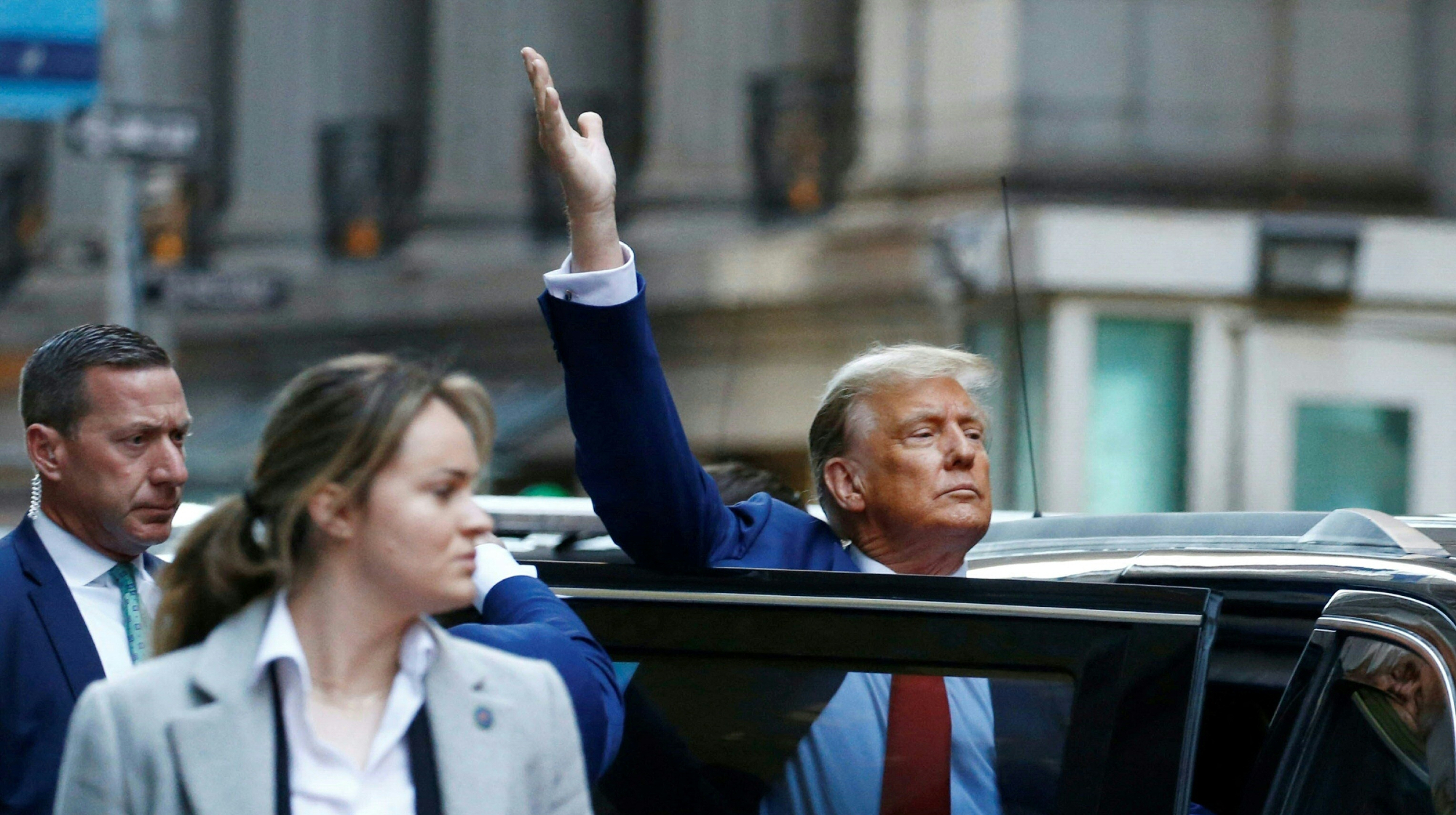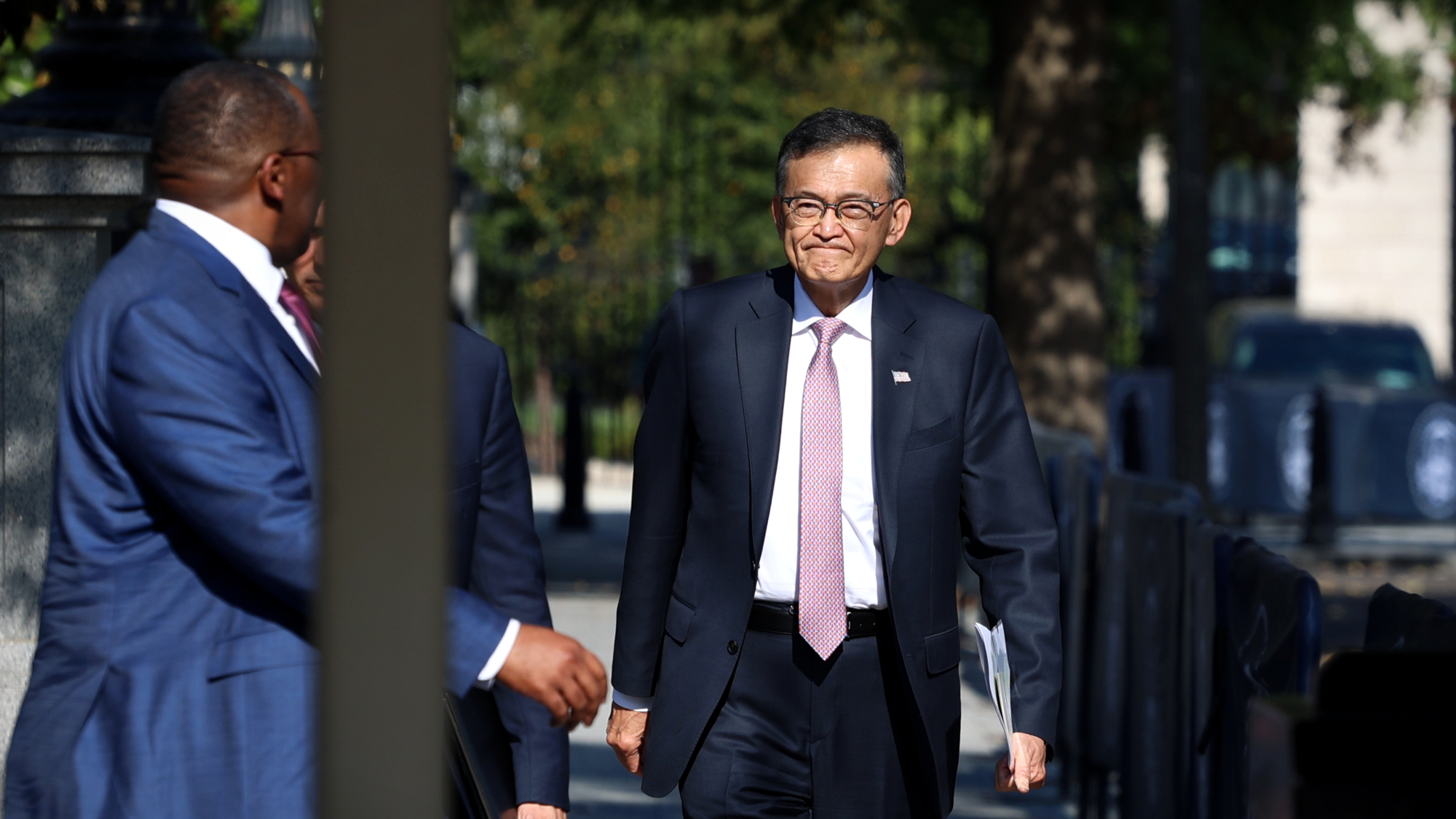How New Zealand got to victory on coronavirus and Japan slid backwards


Some 400,000 New Zealanders returned to work Tuesday, surfers jumped back in the waves, and some children returned to school after Prime Minister Jacinda Ardern lifted the country's coronavirus lockdown to Level 3, from Level 4. "There is no widespread undetected community transmission in New Zealand, we have won that battle," Ardern announced Monday. "But we must remain vigilant if we are to keep it that way." New Zealand's director-general of health, Ashley Bloomfield, said the small number of new cases — three on Tuesday, five Monday, none Sunday — "does give us confidence that we have achieved our goal of elimination."
After New Zealand's first COVID-19 case was detected Feb. 28, Ardern quickly shut down travel and she put the country on lockdown March 23. Now New Zealand has 1,472 confirmed and probable cases and 19 deaths, in a country of 5 million.
New Zealand "had some advantages in tackling the virus," including the late arrival of COVID-19 and the fact its "a relatively remote island nation," CNN reports. "But the real key to New Zealand's success appears to be an approach that could be applied anywhere — moving swiftly, testing widely, and relying heavily on good science," including a contact-tracing system that has identified and sequestered all COVID-19 clusters. In a poll last week, 87 percent of Kiwis said they approved of the government's response to the pandemic.
The Week
Escape your echo chamber. Get the facts behind the news, plus analysis from multiple perspectives.

Sign up for The Week's Free Newsletters
From our morning news briefing to a weekly Good News Newsletter, get the best of The Week delivered directly to your inbox.
From our morning news briefing to a weekly Good News Newsletter, get the best of The Week delivered directly to your inbox.
Japan, on the other hand, is warning that its already postponed 2021 Olympics may not happen unless there's a vaccine and its hospitals are at risk of being overrun with a surge in new cases, spread via bars and nightclubs that weren't shut down and during a three-day outdoor celebration of the cherry blossoms in late March, The Washington Post reports.
Japan was slow to ramp-up testing, and the contact-tracing program that had quashed the first outbreak was stymied by Japan's secretive, seamy night life and then overwhelmed by the rapid uptick in cases, the Post reports. "In the middle stood a government and bureaucracy that refused to admit that its initial low-cost strategy was failing." Prime Minister Shinzo Abe declared a state of emergency April 7 then extended it to the entire country April 16. Japan now has 13,614 COVID-19 cases and 385 deaths in a country of 126 million, according to Johns Hopkins.
A free daily email with the biggest news stories of the day – and the best features from TheWeek.com
Peter has worked as a news and culture writer and editor at The Week since the site's launch in 2008. He covers politics, world affairs, religion and cultural currents. His journalism career began as a copy editor at a financial newswire and has included editorial positions at The New York Times Magazine, Facts on File, and Oregon State University.
-
 ‘Let 2026 be a year of reckoning’
‘Let 2026 be a year of reckoning’Instant Opinion Opinion, comment and editorials of the day
-
 Why is Iran facing its biggest protests in years?
Why is Iran facing its biggest protests in years?TODAY’S BIG QUESTION Iranians are taking to the streets as a growing movement of civic unrest threatens a fragile stability
-
 How prediction markets have spread to politics
How prediction markets have spread to politicsThe explainer Everything’s a gamble
-
 TikTok secures deal to remain in US
TikTok secures deal to remain in USSpeed Read ByteDance will form a US version of the popular video-sharing platform
-
 Unemployment rate ticks up amid fall job losses
Unemployment rate ticks up amid fall job lossesSpeed Read Data released by the Commerce Department indicates ‘one of the weakest American labor markets in years’
-
 US mints final penny after 232-year run
US mints final penny after 232-year runSpeed Read Production of the one-cent coin has ended
-
 Warner Bros. explores sale amid Paramount bids
Warner Bros. explores sale amid Paramount bidsSpeed Read The media giant, home to HBO and DC Studios, has received interest from multiple buying parties
-
 Gold tops $4K per ounce, signaling financial unease
Gold tops $4K per ounce, signaling financial uneaseSpeed Read Investors are worried about President Donald Trump’s trade war
-
 Electronic Arts to go private in record $55B deal
Electronic Arts to go private in record $55B dealspeed read The video game giant is behind ‘The Sims’ and ‘Madden NFL’
-
 New York court tosses Trump's $500M fraud fine
New York court tosses Trump's $500M fraud fineSpeed Read A divided appeals court threw out a hefty penalty against President Trump for fraudulently inflating his wealth
-
 Trump said to seek government stake in Intel
Trump said to seek government stake in IntelSpeed Read The president and Intel CEO Lip-Bu Tan reportedly discussed the proposal at a recent meeting
